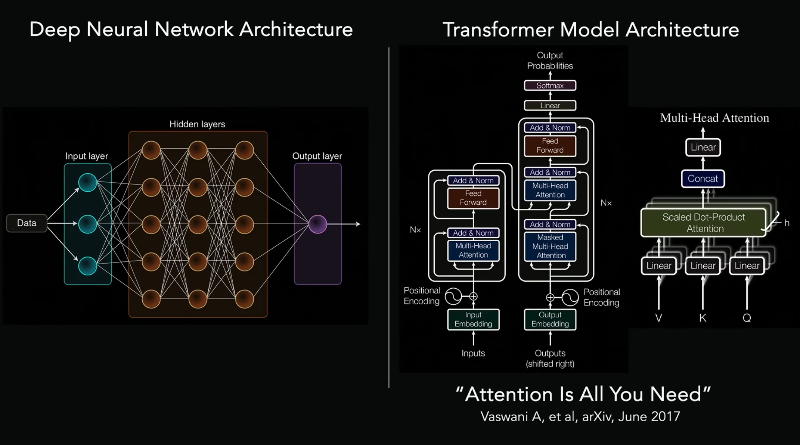Design of psychophysical experiment and reset event. Credit: Trends in Cognitive Sciences (2025). DOI: 10.1016/j.tics.2025.06.004
When you look at the world around you, it might feel like your eyes and brain work in perfect sync—taking in a smooth, continuous stream of information. But according to new research led by cognitive neuroscientist Prof. Ayelet N. Landau from the Hebrew University of Jerusalem, that's not quite how the brain works. Instead, attention behaves more like a strobe light: flickering in and out at a steady rhythm.
In a new opinion piece published in Trends in Cognitive Sciences, Landau and her team—Daniele Re and Flor Kusnir—propose a bold reframing of how attention functions. Their theory, called "attentional sampling, " suggests that our brains process the visual world in rapid snapshots roughly eight times per second. When forced to split attention between two objects, that rate drops to four snapshots per second for each.
This isn't just a quirk of perception. The researchers argue it's a fundamental solution to a deep problem for cognition and its neural implementation: competition.
"Our environment bombards us with visual information, but our brain can't process everything at once, " Landau explained. "What we're seeing in attentional sampling is the brain's way of resolving this—by rhythmically switching between competing inputs."
The phenomenon builds on a well-established theory known as "biased competition, " which holds that different neural populations in the brain's visual system fight for dominance when multiple stimuli are present. Traditionally, scientists thought attention simply 'boosted' one signal over another. But Landau's team suggests that, under certain conditions, the brain doesn't pick a side—instead, it takes turns.
The researchers examined studies ranging from early visual processing in the eye channels to high-level object recognition. Even when people weren't aware of the visual conflict—such as when two images are subtly shown to different eyes—this sampling rhythm emerged, revealing a covert, automatic mechanism for selection.
Intriguingly, this rhythm persists even when attention isn't consciously engaged, hinting at a default oscillatory mode of perception. "These aren't conscious shifts, " said Landau. "Even when we think we're focusing on a single object, our attention may be dancing across the scene in ways we don't realize."
So, what's controlling this rhythm? That remains a matter of scientific debate. Some evidence suggests that higher-level brain regions—like those involved in decision-making—may act like a conductor, coordinating this mental beat. Others point to local circuits in the visual cortex itself. Either way, the implications stretch beyond vision. Understanding how the brain resolves competition could influence everything from interface design to neurological therapies.
Landau's lab has been central in uncovering these hidden rhythms for over a decade. "What excites me, " she said, "is that this could be a general principle—not just for visual attention, but for how the brain manages overload across all sensory systems."
As we scroll through our digital worlds and bounce between tabs, it's humbling to realize our brain is already doing the same—one flicker at a time.
More information: Daniele Re et al, Attentional sampling resolves competition along the visual hierarchy, Trends in Cognitive Sciences (2025). DOI: 10.1016/j.tics.2025.06.004 Journal information: Trends in Cognitive Sciences






Post comments